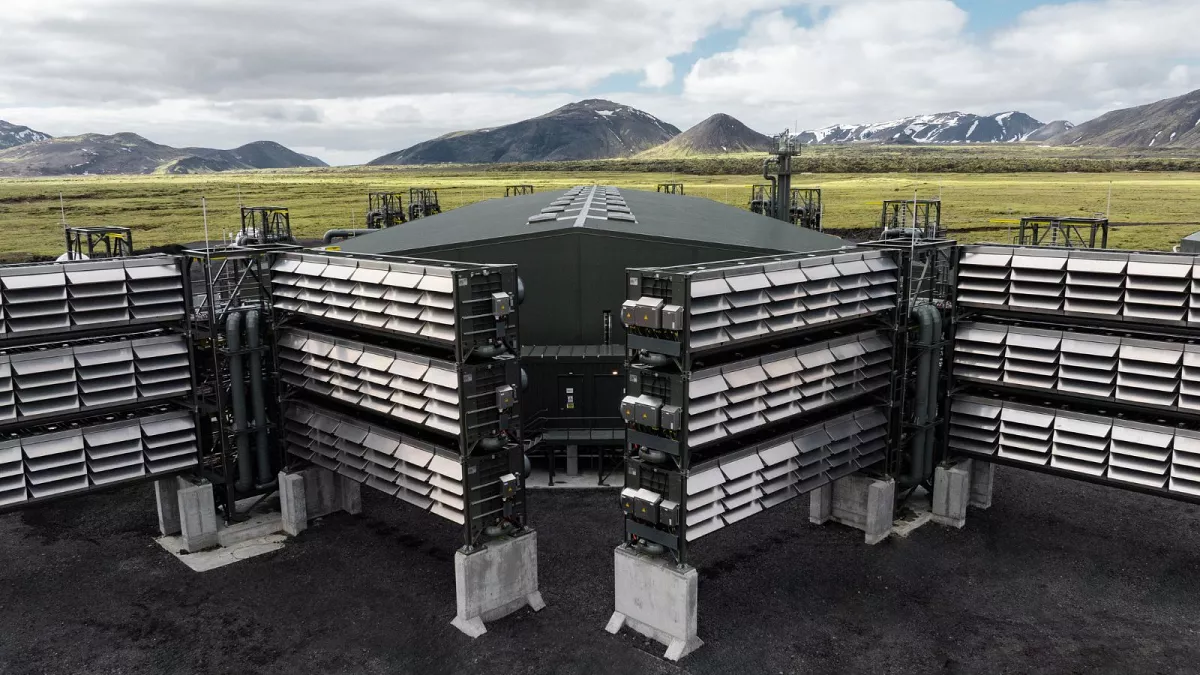Iceland opens world record carbon plant
Climeworks, a Switzerland-based company, has introduced its second commercial direct air capture (DAC) plant, dwarfing its predecessor Orca in size by a factor of ten. Orca, which commenced operations in 2021, served as the foundation for this leap in scale, as reported by CNN.
Direct air capture: Climeworks and Carbfix create a zero-waste process
Direct Air Capture (DAC) technology utilizes chemical reactions to extract carbon from the atmosphere. The resulting carbon can be repurposed for various applications, including underground storage or conversion into valuable products.
Climeworks intends to sequester the captured carbon underground, where it naturally transforms into rock, effectively storing the carbon indefinitely. This process, known as sequestration, is conducted in collaboration with the Icelandic company Carbfix. What sets this project apart is its reliance on Iceland’s clean geothermal energy to power the entire operation. As a result, the process of capturing carbon and converting it into stable stone occurs without emissions from the technology itself, thereby aiding in the reduction of carbon emissions.

Despite the potential of carbon removal technologies like DAC, they remain contentious due to significant challenges. Critics argue that they are costly, energy-intensive, and not yet proven at scale. Additionally, some advocates for climate action express concern that focusing on such technologies may divert attention from the urgent need to decrease dependence on fossil fuels.
Climeworks unveils Mammoth, a giant carbon capture plant
Climeworks has unveiled Mammoth, an enormous carbon capture facility. Construction of Mammoth commenced in June 2022, marking it as the largest facility of its kind globally. Its modular design accommodates 72 collection units dedicated to capturing carbon from the air. Presently, 12 of these units are operational, with plans to expand in the coming months.

According to Climeworks, Mammoth has the capacity to extract 36,000 tons of carbon annually from the atmosphere. This is equivalent to offsetting the emissions of approximately 7,800 gas-powered vehicles for a year. Mammoth represents a significant stride in mitigating the impact of carbon on the climate and underscores the potential of carbon capture technologies to address climate change on the requisite scale.


